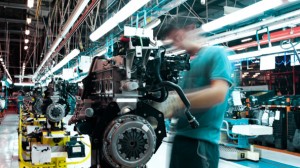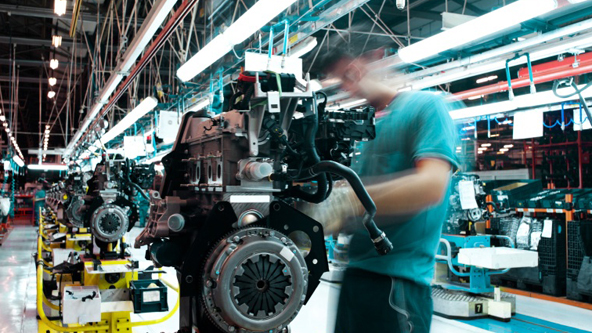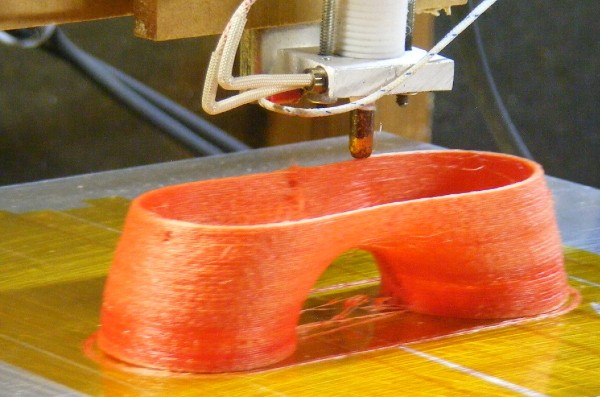
Instead of watching President Obama’s the State of the Union speech last Tuesday, I elected to read the transcript the following morning. I find this approach favorable – it removes emotion (and annoying pauses for clapping) and allows me to focus on the main points. There was one reoccurring theme that drew my attention more than others: the focus on revitalizing American manufacturing. All politics aside, the focus on manufacturing is concerning.
The U.S. began as an agricultural economy. Through the Civil War, tobacco, cotton, corn and wheat were the primary outputs. But the growth of railroads in the 1800s, coupled with ongoing industrial innovation, urbanized America and facilitated a shift towards manufacturing and industry. By the late-1800s the U.S. had become the largest manufacturer of goods in the world. This was a period characterized by significant wealth creation and improving standards of living – electricity and telephones became commonplace. Manufacturing continued to play the dominant role until World War II, after which services gained in prominence. Global competition was on the rise and U.S. companies needed higher margin alternatives to manufacturing. Now, the service sector represents the lion’s share of economic output. Manufacturing and agriculture represent less than 20 percent and 2 percent, respectively.
A competitive advantage is a staple of Economics 101 and an easy concept to grasp. It’s simply an advantage one company has over another in a competitive industry. By exploiting it, a business is able to generate better growth and economic results than rivals. Maybe it’s superior technology, economies of scale, or greater access to raw materials. There are many forms, but without a competitive advantage a company cannot expect to generate excess earnings over the long-term. Competition will eventually increase and erode profitability. While a little more complex, this same concept can be applied to countries.
But what possible competitive advantage can the U.S. maintain in manufacturing? Do we somehow have a leg up with respect to workforce training? Better manufacturing technology? There’s nothing we have that another nation cannot easily obtain or replicate. And in all likelihood they can do it at lower costs. It seems irrational, then, to place such high focus on supporting such an industry. There may be areas where the U.S. holds distinct advantages over others, and if so, we should absolutely cultivate these advantages. Maybe a company has closer proximity to market, or niche expertise. The problem is, most are fleeting when it comes to manufacturing. In other words, it’s only a matter of time before someone else catches up and can do it for cheaper. That’s the price we pay for having a higher standard of living than most – it’s difficult to maintain this standard with a commoditized industry where cost is the only differentiating factor.
And what would happen if we all simultaneously decided to buy only American manufacturing? Well, you can kiss your iPhone goodbye – and probably your computer as well. Most of these products are manufactured in Asia, and by the same company: Hon Hai Precision Industry. But when you look at Hon Hai’s margins, they are laughable in comparison to Apple’s. Why? Manufacturing is a low-margin industry. Hon Hai fails to generate large profits even though it enjoys much lower labor costs. According the U.S. Bureau of Labor Statistics, compensation costs for manufacturing in Taiwan (where Hon Hai is based) were $8.36 per hour in 2010. They were $34.74 in the United States. So if production was shifted back home, that $500 laptop may all of sudden be out of reach for many Americans. It could become cost prohibitive for schools to upgrade technology and improve education. Point being, there are benefits to globalization many of us take for granted.
So if not manufacturing, what competitive advantage does the U.S. hold relative to the world? Innovation. America maintains its status not just through the size of its economy or military might, but through the very fabric of its citizens and the spirit of entrepreneurialism that exists nowhere else in the world. The U.S. fosters an environment that rewards risk taking and new ideas. It is out of this innovation we transitioned from agriculture to manufacturing, and from manufacturing to services. We continue to move up the value chain, and this is where we should place focus. So if we’re offering tax breaks and incentives for commoditized manufacturing companies, we better make darn sure we do the same for service and technology firms. The last thing we want is to choke off America’s ability to attract the brightest and most ambitious minds – innovation is what makes this country great.
Where it makes sense, America should be a leading manufacturer. Let’s make absolutely sure we give our manufacturers a level playing field. Let’s make sure we don’t provide tax incentives to take manufacturing abroad if it shouldn’t be. But let’s also be careful not to let our government dictate where we grow as an economy. There is a reason a great company like Apple stays focused on innovation and leaves the manufacturing to someone else – it is the path to greater wealth.
Brendan Erne serves as a Research Analyst with Personal Capital Advisors. He has over 8 years of industry experience, spanning almost all levels of the investment process, including several years at Fisher Investments as an equity analyst covering the Technology and Telecommunications sectors. He also helped manage a large cap growth portfolio and co-authored Fisher Investments on Technology, published by John Wiley & Sons. Additionally, he has extensive experience in portfolio construction and was responsible for overseeing the implementation of many tax sensitive and customized portfolios. Brendan is currently a 2012 Level III CFA Candidate.
Source : www.thefiscaltimes.com







